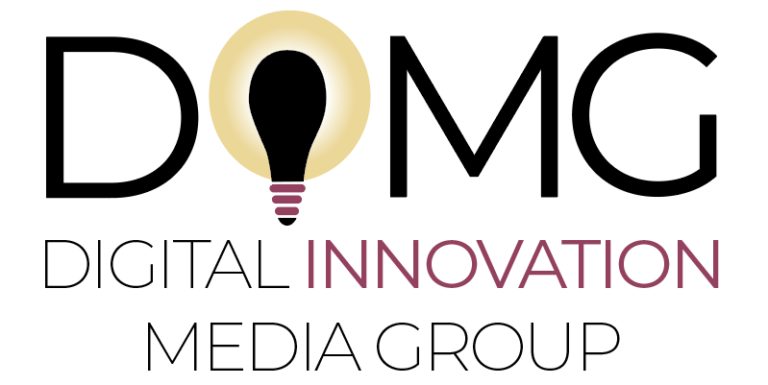Embarking on a web design journey for your business is both exciting and daunting, as it’s a major investment that can significantly impact your online presence and sales. With the average cost of a complete web design project for small businesses ranging from $7,500 to $25,000, it’s important to make the most of your investment.
In this article, we’ll discuss how long web design takes, the factors that can cause delays, and how you can save time and increase productivity during the design process, ultimately leading to a highly customized and professional website.
Delays in the web design process can occur for various reasons, such as not having content ready or not responding promptly to design updates. These delays can stall the project and ultimately increase the overall timeline and cost.
To avoid these setbacks, staying organized, prepared, and engaged throughout the process is essential.
A realistic timeline for a professional and customized website can vary depending on several factors, including the complexity of the design, the number of pages, and any custom features or integrations.
However, a general guideline is:
- Small websites (5-10 pages) with minimal custom features: 4-6 weeks
- Medium-sized websites (10-20 pages) with some custom features: 8-12 weeks
- Large websites (20+ pages) with multiple custom features and integrations: 12-16 weeks or more
Remember these timelines can change based on your responsiveness and preparedness throughout the project.
To ensure a smooth web design process, follow these tips:
- Prepare Content – Have at least 80% of your content ready before starting the project. This not only helps the designer plan the layout but also ensures a smoother progression without delays.
- Know What You Like – Browse your competitors’ websites and other sites in your niche to gather inspiration and ideas. Create an inspiration board to share with your designer to help them understand your preferences.
- Know Your Goals – Consider your marketing strategy, user experience, and emotions you want to evoke in your visitors. Communicate these goals to your designer so they understand what’s important to you.
- Know Your Budget – Some features, such as CSS customization, e-commerce, directories, or paid plugins, can significantly increase your budget. Discuss your desired features with your developer to obtain a detailed cost breakdown.
- Communicate – Establish routine meetings with your designer or appoint a point person for approvals to keep your project moving forward. Promptly respond to design updates and provide feedback to avoid delays.
By following these tips, you can streamline the web design process and create an effective website that generates sales, leads, and referrals within a realistic timeline.
Remember, web design is about more than just aesthetics; it’s an essential component of your overall business strategy.
If you’re ready to create a customized and professional website that elevates your brand, schedule a web design consultation with us today at https://digitalinnovationmg.com/consultation/ and let’s bring your vision to life.





